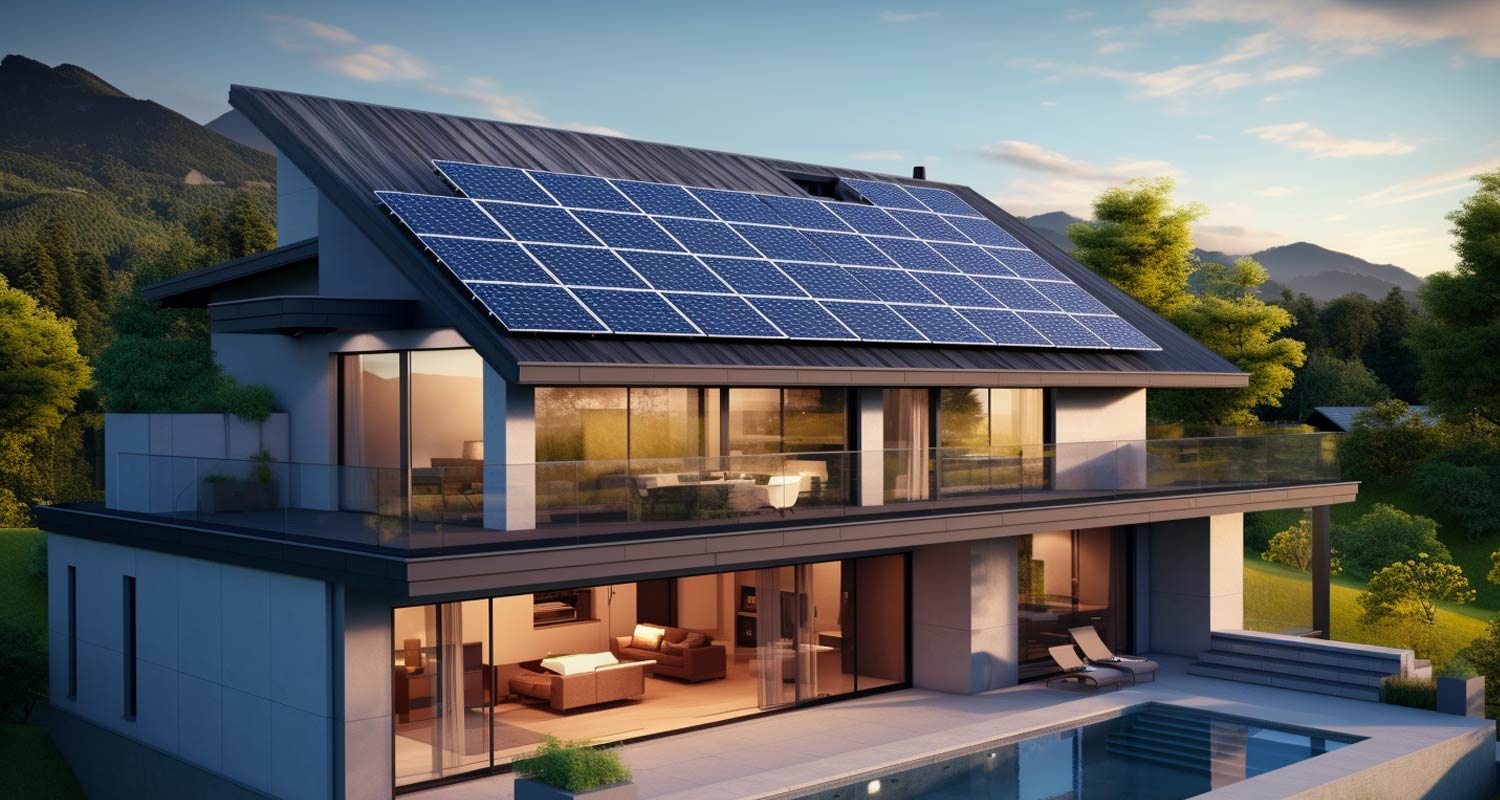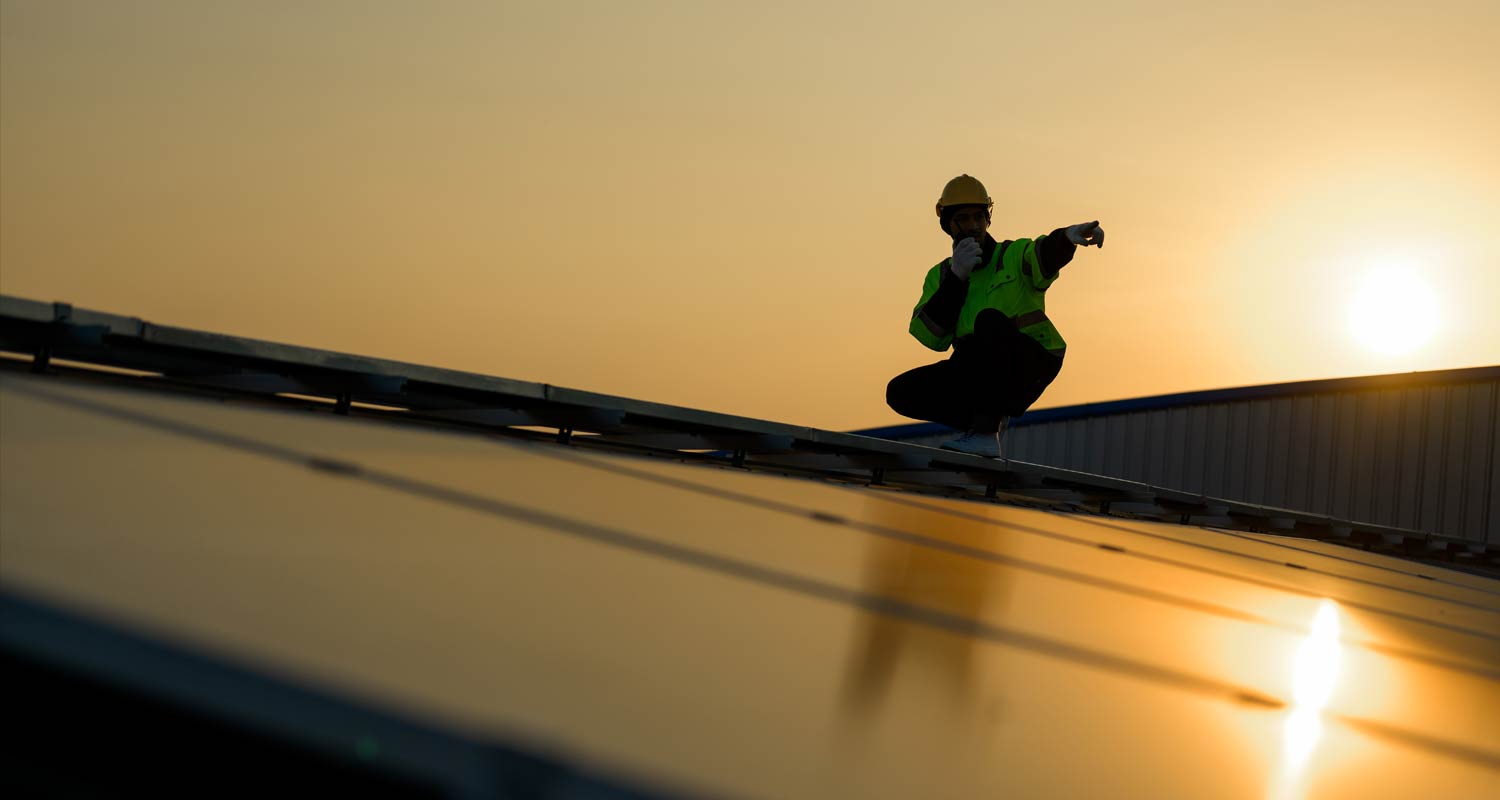 Doom-filled headlines like “Hefty fines for photo voltaic customers”, “Eskom penalties for photo voltaic households” and “Municipalities crack down on photo voltaic” have despatched a ripple of hysteria by way of South Africa’s rising group of photo voltaic adopters. The end result? Some South Africans have delayed and even cancelled their photo voltaic installations, fearful about complicated registration necessities, surprising penalties or the uncertainty surrounding small-scale embedded era (SSEG).
Doom-filled headlines like “Hefty fines for photo voltaic customers”, “Eskom penalties for photo voltaic households” and “Municipalities crack down on photo voltaic” have despatched a ripple of hysteria by way of South Africa’s rising group of photo voltaic adopters. The end result? Some South Africans have delayed and even cancelled their photo voltaic installations, fearful about complicated registration necessities, surprising penalties or the uncertainty surrounding small-scale embedded era (SSEG).
This wave of hesitation isn’t just a setback for households; it additionally threatens to stall the broader Simply Vitality Transition. Clear power job creation slows. Photo voltaic provide chains contract. And, paradoxically, strain on Eskom’s grid intensifies. Whereas 2024 introduced some aid from load shedding, the return of outages in 2025 and continued grid instability make one factor clear: South Africa’s power disaster is way from resolved.
Photo voltaic-as-a-service supplier Wetility noticed this preliminary wave of concern amongst its prospects, too. However what has been lacking from the nationwide dialog is a clearer, calmer clarification of what SSEG actually is, why it issues and the way South Africa’s strategy aligns with international norms.
A world norm
In easy phrases, embedded turbines are techniques that function in parallel with the grid. Once they’re beneath 1MVA, they’re referred to as small-scale embedded turbines, or SSEGs. These embody typical rooftop photo voltaic or small renewable setups for properties and companies. SSEG – on this context, South Africa’s time period for these customer-sited techniques – isn’t an outlier. Equal techniques exist worldwide, albeit beneath totally different names and regulatory frameworks.
Within the US, it’s referred to as distributed era and sometimes linked to internet metering. In Germany, residents are “prosumers” who produce and eat their very own solar energy. The UK refers to it as microgeneration. All these fashions enable households and companies to generate their very own energy – usually photo voltaic – and typically promote the excess again to the grid.
What’s constant throughout all of them? Regulation. Authorities involvement isn’t distinctive to South Africa. Whether or not in Berlin or Bloemfontein, regulation exists to make sure techniques are protected, grid-compatible and help nationwide power planning.
 Why the push for SSEG registration now?
Why the push for SSEG registration now?
In 2023, South Africa endured its worst yr of load shedding. In 2024, the grid stabilised – quickly. The logical subsequent step for presidency? Transfer from disaster administration to structured planning.
SSEG registration helps authorities and municipalities:
- Guarantee tools security and keep away from unsafe DIY-style electrical connections;
- Observe native era capability to enhance forecasting and infrastructure planning; and
- Lay the inspiration for potential future feed-in tariffs or export schemes.
That is critically vital, as the implications of non-compliance might be life-threatening. As an illustration, if an anti-islanding system isn’t correctly put in, a photo voltaic system might proceed feeding electrical energy into the grid throughout deliberate outages, thereby posing a severe electrocution threat to Eskom technicians engaged on transmission traces throughout upkeep operations.
The place issues go incorrect
However whereas the why is logical, the how has confirmed troublesome. The fact is that the SSEG course of can really feel – and sometimes is – irritating. It varies by municipality, lots of which lack the digital techniques or staffing wanted to course of registrations effectively. Installers and prospects typically face delays of weeks or months.
One further layer of complexity is the monetary strain municipalities face. Many rely on electrical energy gross sales for 30-40% of their income. As households shift to photo voltaic, income drops. A 2017 Stellenbosch examine confirmed potential losses of 0.6–2.4% in municipal revenue from grid-connected PV adoption.
Learn: Africa’s photo voltaic growth: 42% development anticipated in 2025
This monetary strain has left municipalities in a troublesome place and created uncertainty for patrons round potential future prices, a few of which have but to be decided. The processes will not be at all times user-friendly, and that’s the reason Wetility has dedicated to dealing with SSEG registration finish to finish, at no further value, for all our prospects. It’s a part of our month-to-month subscription, whether or not you joined us yesterday or 5 years in the past.
Extra broadly, change and readability is beneath means. Initiatives just like the South African-German Vitality Programme (Sagen) – a German-funded programme applied by GIZ in partnership with South African authorities our bodies – are working with native governments to modernise their enterprise fashions, safely combine SSEG and reimagine their roles sooner or later power worth chain.
 A name for collaboration
A name for collaboration
Quite than retreating from SSEG on account of concern, we want stronger collaboration between municipalities, regulators and the non-public sector. At Wetility, we aren’t right here to switch municipalities or Eskom. We need to collaborate in direction of reasonably priced, clear, and dependable power for all South Africans.
That could be a imaginative and prescient value pursuing. The stakes are excessive. Residential power use is certainly one of South Africa’s largest sources of carbon emissions. Transitioning to rooftop photo voltaic isn’t just good for households – it’s important for assembly worldwide local weather commitments and limiting international warming to 1.5°C.
However we can not get there if concern stalls progress. SSEG isn’t one thing to concern – it’s a pure, mandatory a part of the power transition. And with the precise companions, the precise insurance policies and the precise course of enhancements, it may well work for everybody.